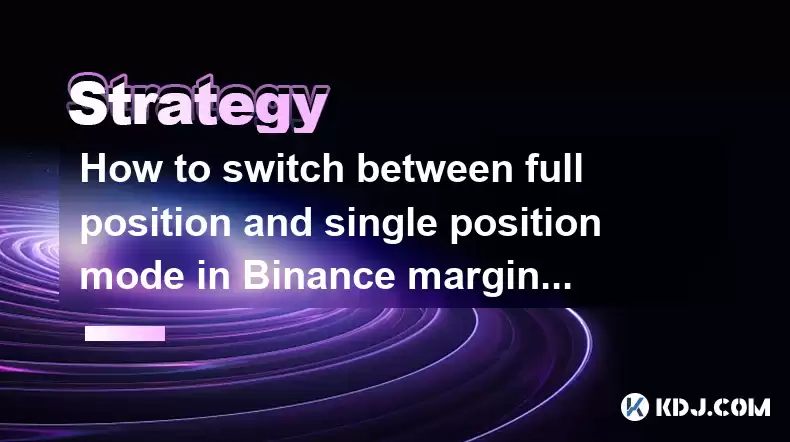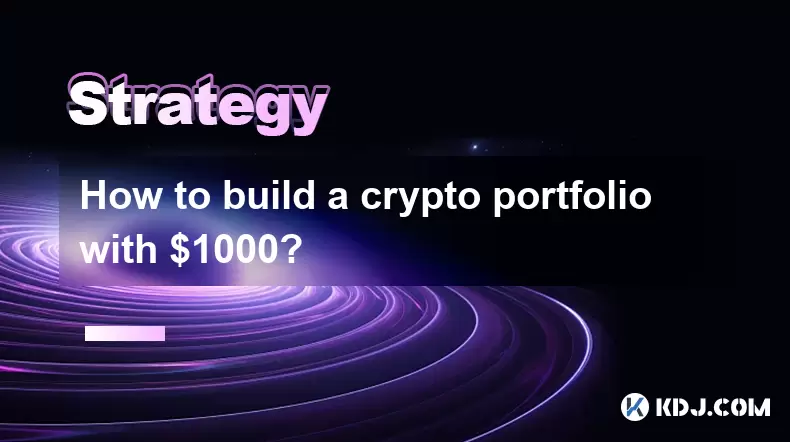-
 Bitcoin
Bitcoin $115000
0.12% -
 Ethereum
Ethereum $3701
4.50% -
 XRP
XRP $3.081
2.99% -
 Tether USDt
Tether USDt $0.0000
-0.01% -
 BNB
BNB $767.9
1.45% -
 Solana
Solana $169.5
3.13% -
 USDC
USDC $0.9999
0.01% -
 Dogecoin
Dogecoin $0.2106
4.30% -
 TRON
TRON $0.3334
1.62% -
 Cardano
Cardano $0.7564
2.54% -
 Stellar
Stellar $0.4165
0.76% -
 Hyperliquid
Hyperliquid $38.75
0.25% -
 Sui
Sui $3.593
3.00% -
 Chainlink
Chainlink $17.08
3.59% -
 Bitcoin Cash
Bitcoin Cash $573.6
4.35% -
 Hedera
Hedera $0.2508
-0.84% -
 Avalanche
Avalanche $23.07
6.46% -
 Ethena USDe
Ethena USDe $1.001
-0.02% -
 Litecoin
Litecoin $120.8
8.17% -
 UNUS SED LEO
UNUS SED LEO $8.943
-0.32% -
 Toncoin
Toncoin $3.400
-5.60% -
 Shiba Inu
Shiba Inu $0.00001255
1.54% -
 Uniswap
Uniswap $9.908
6.32% -
 Polkadot
Polkadot $3.718
2.10% -
 Monero
Monero $303.0
-0.74% -
 Dai
Dai $0.9999
-0.02% -
 Bitget Token
Bitget Token $4.392
0.91% -
 Cronos
Cronos $0.1403
6.31% -
 Pepe
Pepe $0.00001076
1.13% -
 Aave
Aave $267.2
1.80%
How to switch between full position and single position mode in Binance margin trading?
Switching between full position and single position modes on Binance margin trading allows traders to manage risk and leverage effectively.
Apr 05, 2025 at 11:56 am

In the world of cryptocurrency trading, margin trading on platforms like Binance offers traders the ability to leverage their positions to potentially increase their profits. One of the key features in Binance margin trading is the ability to switch between full position mode and single position mode. Understanding how to navigate these modes is crucial for effective trading. This article will guide you through the process of switching between these modes in Binance margin trading.
Understanding Full Position and Single Position Modes
Before diving into the steps to switch between these modes, it's important to understand what they entail. Full position mode allows you to manage all your positions in a single account, which means that all your trades are netted against each other. This mode is suitable for traders who want to manage their overall exposure easily. On the other hand, single position mode allows you to manage each position separately, which can be beneficial for traders who want to isolate the risk of each trade.
Accessing the Margin Trading Interface
To begin the process of switching between full position and single position modes, you first need to access the margin trading interface on Binance. Here's how you can do it:
- Log into your Binance account.
- Navigate to the 'Margin' section on the top menu bar.
- Select 'Isolated Margin' or 'Cross Margin' depending on your trading preference. Isolated Margin is typically used for single position mode, while Cross Margin is used for full position mode.
Switching to Single Position Mode
If you are currently in full position mode and want to switch to single position mode, follow these steps:
- Go to the 'Isolated Margin' section.
- Select the trading pair you want to switch to single position mode.
- Click on the 'Transfer' button to move funds from your cross margin account to the isolated margin account for the specific trading pair.
- Confirm the transfer and wait for it to complete. Once the funds are in the isolated margin account, you are now in single position mode for that trading pair.
Switching to Full Position Mode
If you are in single position mode and want to switch to full position mode, the process is slightly different:
- Go to the 'Cross Margin' section.
- Select the trading pair you want to switch to full position mode.
- Click on the 'Transfer' button to move funds from your isolated margin account to the cross margin account.
- Confirm the transfer and wait for it to complete. Once the funds are in the cross margin account, you are now in full position mode for that trading pair.
Managing Positions in Different Modes
Once you have switched between the modes, it's important to understand how to manage your positions effectively. In single position mode, you can monitor and adjust each position individually. You can see the profit and loss for each position separately, and you can close or adjust each position without affecting others.
In full position mode, you manage all your positions as a whole. The profit and loss are calculated based on the net position of all your trades. This mode requires careful monitoring of your overall exposure, as a loss in one position can affect the entire account.
Tips for Effective Mode Switching
Switching between full position and single position modes can be a strategic move depending on your trading goals. Here are some tips to consider:
- Assess your risk tolerance: If you are risk-averse, single position mode might be more suitable as it allows you to isolate the risk of each trade.
- Monitor your overall exposure: In full position mode, keep a close eye on your net position to avoid unexpected losses.
- Plan your trades: Before switching modes, plan your trades and understand how the mode change will affect your trading strategy.
Frequently Asked Questions
Q: Can I switch between full position and single position modes for multiple trading pairs at the same time?
A: No, you need to switch modes for each trading pair individually. You must transfer funds from the cross margin account to the isolated margin account for each pair you want to switch to single position mode, and vice versa for switching to full position mode.
Q: Will switching between modes affect my open positions?
A: Yes, switching between modes can affect your open positions. When you switch from full position mode to single position mode, your open positions will be transferred to the isolated margin account for the specific trading pair. Conversely, switching from single position mode to full position mode will transfer your open positions to the cross margin account.
Q: Is there a fee associated with switching between full position and single position modes?
A: Binance does not charge a fee for switching between full position and single position modes. However, you should be aware of any potential fees associated with transferring funds between margin accounts.
Q: Can I switch back and forth between modes frequently?
A: Yes, you can switch between modes as often as you need, but it's important to consider the strategic implications of each switch. Frequent switching might lead to confusion in managing your positions, so it's advisable to switch only when necessary and after careful planning.
Disclaimer:info@kdj.com
The information provided is not trading advice. kdj.com does not assume any responsibility for any investments made based on the information provided in this article. Cryptocurrencies are highly volatile and it is highly recommended that you invest with caution after thorough research!
If you believe that the content used on this website infringes your copyright, please contact us immediately (info@kdj.com) and we will delete it promptly.
- Bitcoin, Fed Rate Cut, and Crypto Stocks: A New Yorker's Take
- 2025-08-05 14:50:12
- Police, Cryptocurrency, Bitcoin Windfall: Unexpected Gains and Cautionary Tales
- 2025-08-05 15:30:12
- MAGACOIN: The Next Shiba Inu ROI? A Crypto Presale Deep Dive
- 2025-08-05 15:30:12
- Bitcoin, Kiyosaki, and the August Curse: Will History Repeat?
- 2025-08-05 14:50:12
- Crypto Airdrops: Your August 2025 Guide to Free Tokens & Opportunities
- 2025-08-05 13:45:13
- Luxury Dining Reimagined: St. Regis Singapore & Marriott's Culinary Celebration
- 2025-08-05 13:45:13
Related knowledge

How to avoid common crypto investment mistakes?
Jul 13,2025 at 01:35am
Understanding the Risks of Crypto InvestmentInvesting in cryptocurrency can be highly rewarding, but it also comes with significant risks. One of the ...

What is a long-short crypto strategy?
Jul 15,2025 at 10:56am
Understanding the Basics of a Long-Short Crypto StrategyA long-short crypto strategy is an investment approach where traders simultaneously take long ...

What is a long-short crypto strategy?
Jul 11,2025 at 01:28pm
Understanding the Basics of Long-Short Crypto StrategyA long-short crypto strategy is an investment approach where traders take both long and short po...

How to use the RSI indicator for crypto?
Jul 12,2025 at 03:56pm
Understanding the RSI Indicator in Cryptocurrency TradingThe Relative Strength Index (RSI) is a momentum oscillator used to measure the speed and chan...

Is copy trading a good strategy for crypto beginners?
Jul 12,2025 at 08:28am
Understanding Copy Trading in the Cryptocurrency MarketCopy trading is a strategy where novice traders replicate the trades of experienced investors a...

How to build a crypto portfolio with $1000?
Jul 13,2025 at 08:14pm
Understanding the Basics of Cryptocurrency InvestmentBuilding a crypto portfolio with $1000 starts with understanding the fundamentals of cryptocurren...

How to avoid common crypto investment mistakes?
Jul 13,2025 at 01:35am
Understanding the Risks of Crypto InvestmentInvesting in cryptocurrency can be highly rewarding, but it also comes with significant risks. One of the ...

What is a long-short crypto strategy?
Jul 15,2025 at 10:56am
Understanding the Basics of a Long-Short Crypto StrategyA long-short crypto strategy is an investment approach where traders simultaneously take long ...

What is a long-short crypto strategy?
Jul 11,2025 at 01:28pm
Understanding the Basics of Long-Short Crypto StrategyA long-short crypto strategy is an investment approach where traders take both long and short po...

How to use the RSI indicator for crypto?
Jul 12,2025 at 03:56pm
Understanding the RSI Indicator in Cryptocurrency TradingThe Relative Strength Index (RSI) is a momentum oscillator used to measure the speed and chan...

Is copy trading a good strategy for crypto beginners?
Jul 12,2025 at 08:28am
Understanding Copy Trading in the Cryptocurrency MarketCopy trading is a strategy where novice traders replicate the trades of experienced investors a...

How to build a crypto portfolio with $1000?
Jul 13,2025 at 08:14pm
Understanding the Basics of Cryptocurrency InvestmentBuilding a crypto portfolio with $1000 starts with understanding the fundamentals of cryptocurren...
See all articles

























































































